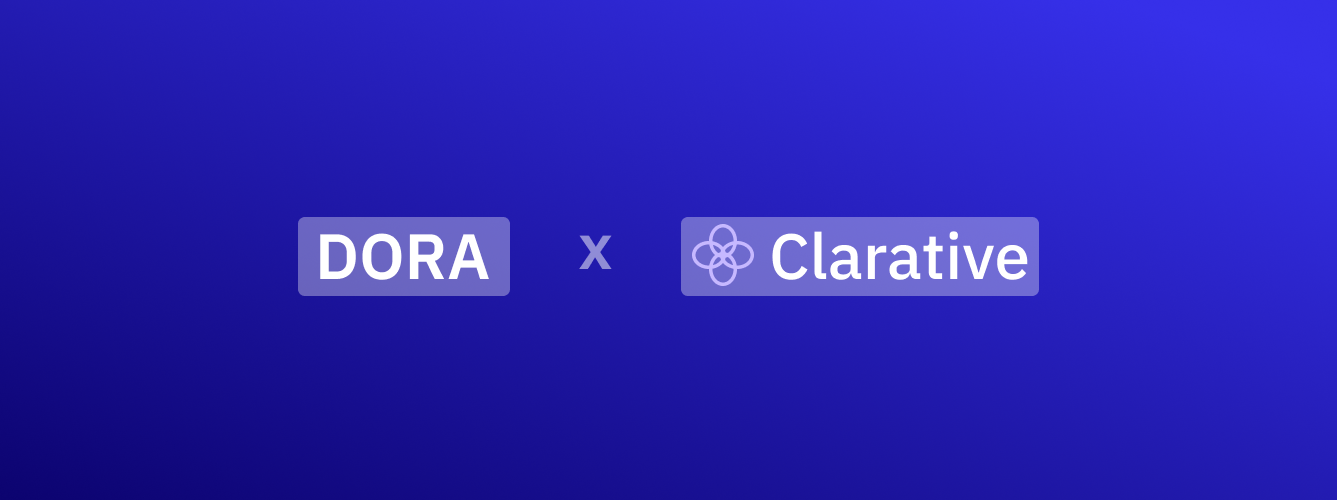
The Digital Operational Resilience Act (DORA) has fundamentally changed how financial institutions approach vendor risk management. With compliance deadlines approaching, organizations are scrambling to implement robust third-party risk management frameworks that meet DORA's stringent requirements.
At Clarative, we've witnessed firsthand how our customers are leveraging our platform to transform their DORA compliance from a manual, time-consuming process into an automated, continuous monitoring system. Today, we're sharing three key ways our customers are using Clarative to stay ahead of DORA requirements while reducing operational overhead.
One of DORA's most challenging requirements (Article 30) is ensuring that all vendor contracts contain specific clauses such as audit rights, incident reporting, and exit strategies. Traditionally, this meant legal teams manually reviewing hundreds or thousands of contracts—a process that could take months of operational overhead.
How Clarative Customers Are Automating Remediation Prioritization:
Our customers leverage Clarative's Search Grid, where our AI-powered contract analysis automatically scans uploaded contracts for DORA-required clauses. The platform identifies missing language and flags contracts that need amendments, enabling compliance teams to prioritize remediation more effectively.
DORA requires financial institutions to maintain clear service level agreements (SLAs) with critical vendors, including specific commitments around uptime and performance metrics. Managing these SLAs across dozens or hundreds of vendors was previously a patchwork of spreadsheets and scattered documents across shared drives, as well as ad-hoc coordination between risk managers and ever-changing vendor relationship owners.
How Clarative Customers Are Streamlining SLA Management:
Our platform automatically extracts SLA commitments from vendor contracts and organizes them into a centralized Obligations page. Our customers can configure both automated SLA tracking where the platform continuously monitors vendor performance, and manually tracked ongoing obligations where business owners can collaborate within the product to track progress on commitments that require human oversight.
Perhaps the most significant shift DORA requires is moving from annual or periodic vendor reviews to continuous monitoring. This means tracking vendor performance, financial health, operational changes, security incidents, and compliance status in real-time.
How Clarative Enables True Continuous Monitoring:
Our customers rely on Clarative's continuous monitoring capabilities to automatically track vendor health across multiple dimensions. The platform combines automated uptime monitoring with synthetic "heartbeat" monitoring to catch incidents that may not be reported on vendor outage pages. Both monitoring types can be tracked alongside SLA requirements, providing a comprehensive view of vendor performance.
When these three capabilities work together, our customers achieve something previously difficult: proactive DORA compliance. Instead of scrambling to gather information during regulatory reviews, they have continuous visibility into their entire vendor ecosystem.
The organizations succeeding with DORA compliance aren't just meeting regulatory requirements—they're using compliance as a competitive advantage. By automating contract clause verification, organizing SLAs intelligently, and implementing continuous monitoring, they're building more resilient operations while reducing manual overhead.
Contact us to schedule a demonstration and discover how our customers are staying ahead of regulatory requirements while building stronger vendor relationships.